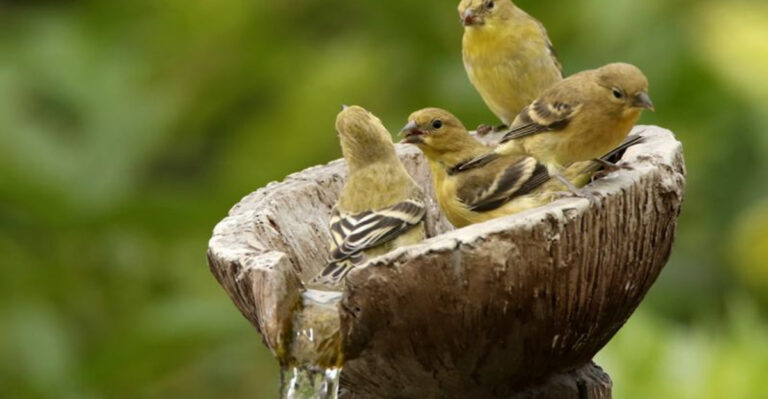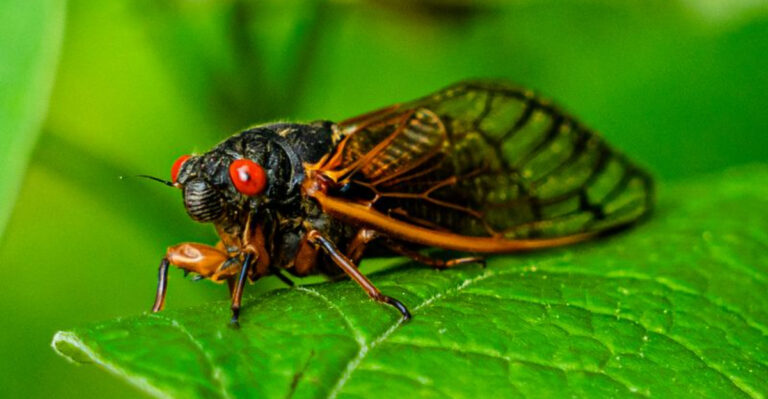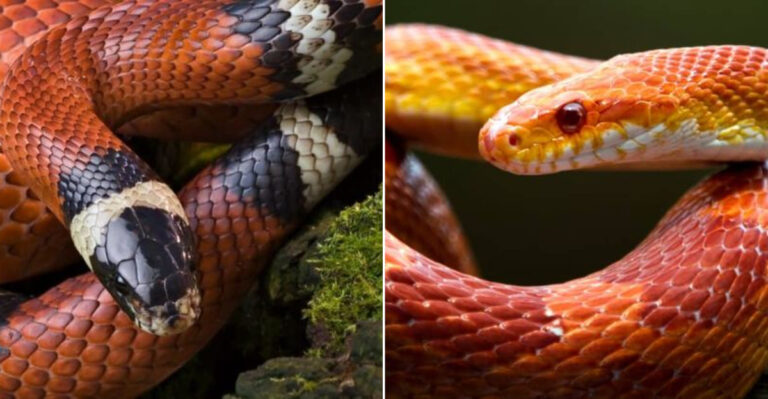15 Wild Species Known For Their Remarkable Intelligence
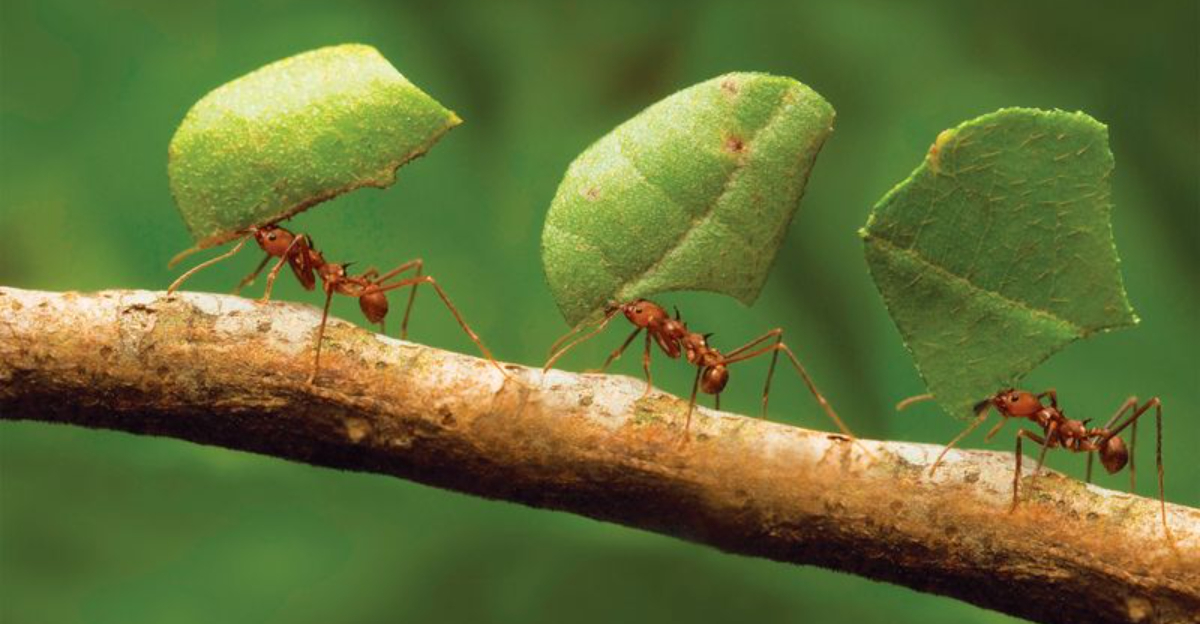
The animal kingdom is filled with creatures whose problem-solving abilities and adaptability might surprise you. From tool use to complex social structures, these wild species demonstrate remarkable cognitive skills that challenge our understanding of animal intelligence.
Let’s explore some of the most intellectually impressive wild animals whose brainpower stands out in nature.
1. Mind-Reading Octopuses
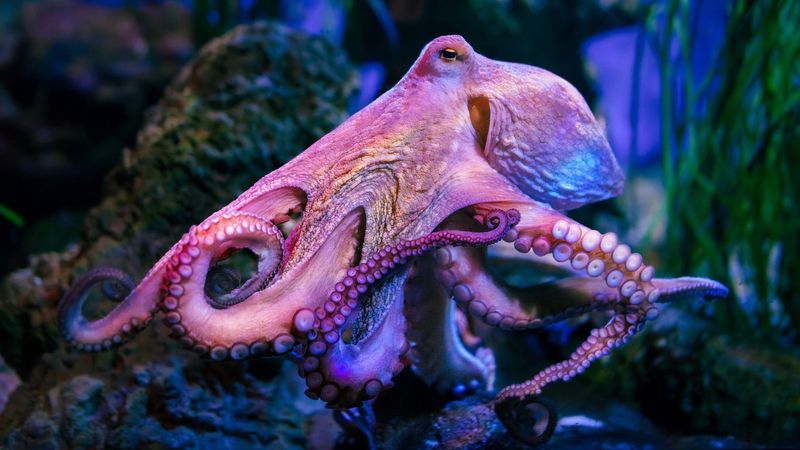
These eight-armed ocean geniuses can solve mazes, unscrew jar lids, and even recognize individual human faces! With nine brains (one central brain and eight mini-brains controlling each arm), they’re escape artists extraordinaire.
Scientists have observed them using coconut shells as portable shelters and mimicking other sea creatures to avoid predators – all without any formal education!
2. Crafty Corvids
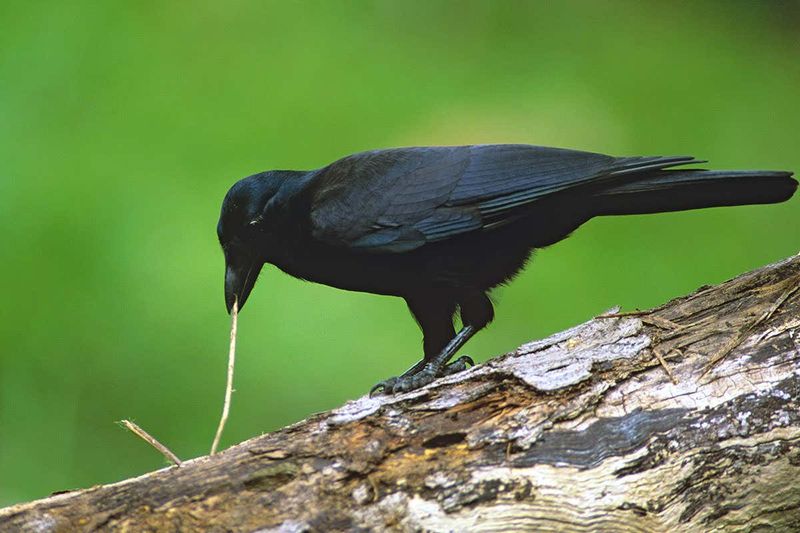
Ever been outsmarted by a crow? These black-feathered geniuses fashion tools from twigs, remember human faces for years, and even understand water displacement better than most children!
Ravens, crows, and jays belong to this brainy bird family. They’ve been caught dropping nuts in traffic so cars will crack them open, then waiting for the light to change before safely retrieving their snack.
3. Problem-Solving Pigs

Forget the muddy stereotype! These pink powerhouses outperform dogs and toddlers on certain cognitive tests. Farmers often need special locks on gates because pigs figure out simple latches in minutes.
They can learn their names in just a week and respond when called. Some even master joystick-controlled video games, proving their exceptional spatial awareness and adaptability.
4. Mathematical Monkeys
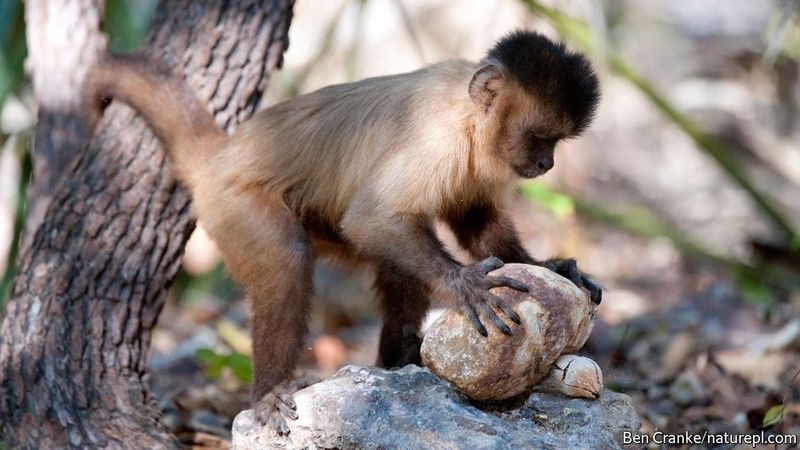
Talk about mental gymnastics! Capuchin monkeys not only use tools but understand basic economic principles. They’ve been observed trading tokens for food and even rejecting unfair deals!
Their tiny fingers manipulate objects with surgeon-like precision. Researchers have documented them selecting appropriate stones as hammers based on the hardness of nuts they need to crack – showing remarkable understanding of cause and effect.
5. Elephant Einsteins
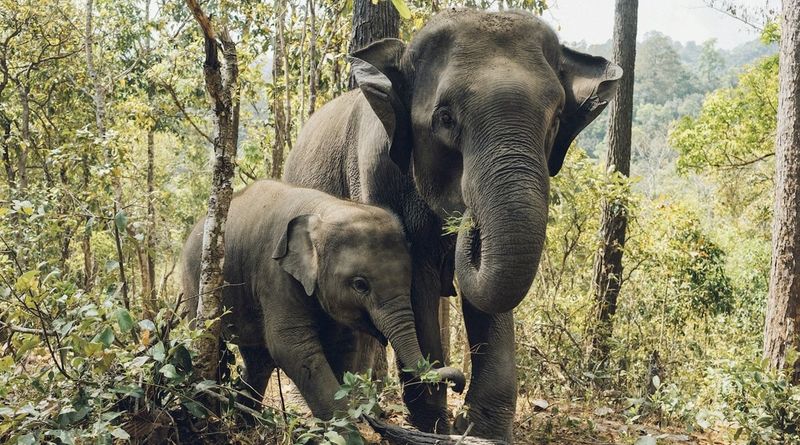
With brains weighing up to 11 pounds, these gentle giants recognize themselves in mirrors – a rare ability in the animal kingdom! They remember migration routes spanning hundreds of miles and can identify family members they haven’t seen in decades.
Elephants mourn their dead, comfort distressed herd members, and even create art when given paintbrushes. Their complex emotional intelligence rivals that of humans in many ways.
6. Cunning Raccoons
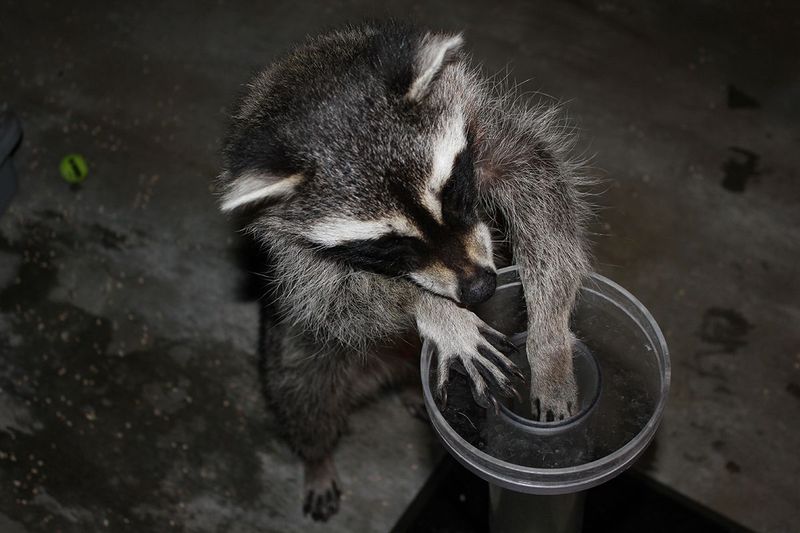
Those tiny “bandit” hands aren’t just for show! Raccoons can remember solutions to puzzles for up to three years. Their problem-solving skills make them masters at defeating supposedly “raccoon-proof” trash cans.
Urban raccoons have been documented figuring out complex latches in under 10 attempts. Their remarkable tactile sensitivity allows them to “see” with their hands, identifying objects without looking – like underwater food detection!
7. Dolphin Detectives
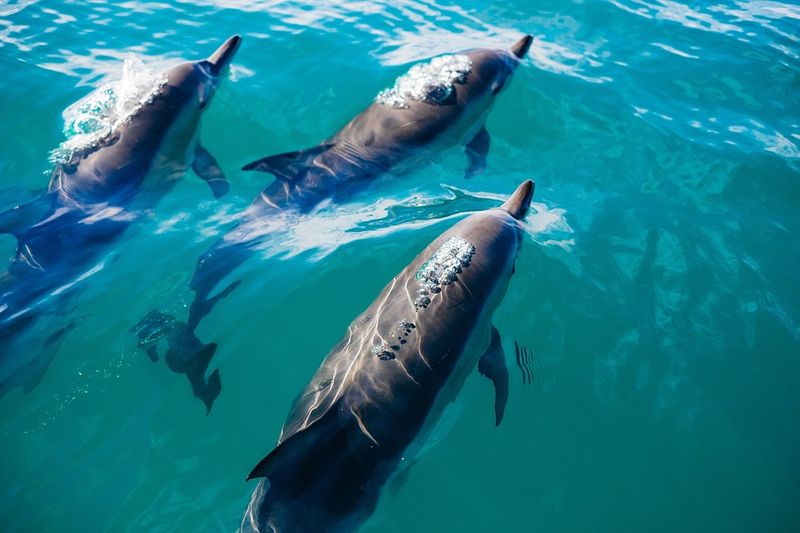
Whistling through life with brain-to-body ratios second only to humans, dolphins call each other by unique signature whistles – essentially names! They can understand human pointing gestures better than chimpanzees and recognize themselves in mirrors.
Marine researchers have documented dolphins teaching hunting techniques to their young and using sponges as protective nose covers while foraging on rough ocean floors – a cultural behavior passed down through generations.
8. Industrious Ants
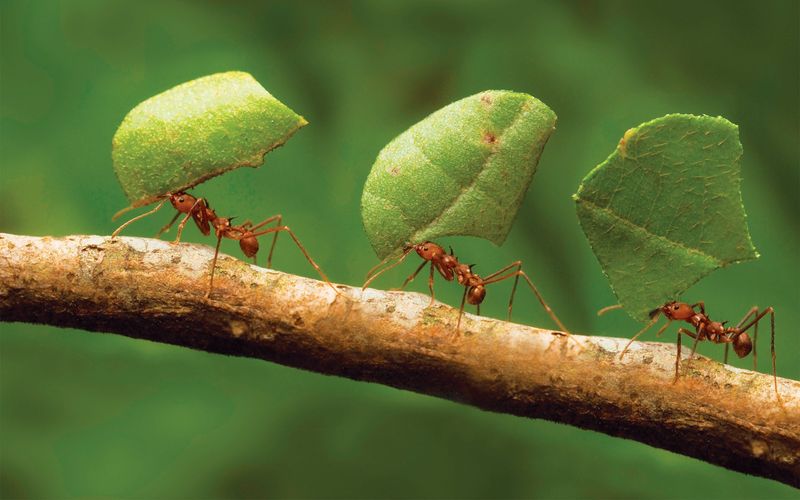
Don’t let their tiny size fool you! These collective masterminds build elaborate climate-controlled homes, farm fungi, raise aphid “livestock” for honeydew, and wage strategic warfare against rival colonies.
Leaf-cutter ants practice sustainable agriculture, growing fungus gardens on collected leaves. Army ants construct living bridges with their bodies to cross gaps. Their hive mind demonstrates remarkable problem-solving without any central control!
9. Brainy Beavers

Nature’s engineers construct dams that can stretch longer than a football field! Without blueprints or supervision, beavers build structures that last decades, complete with underwater entrances and multiple chambers.
They respond to the sound of running water by immediately working to plug leaks. Their dams create wetland ecosystems benefiting countless other species. Some beaver families maintain the same dam for generations, continuously improving the design!
10. Scheming Sea Lions
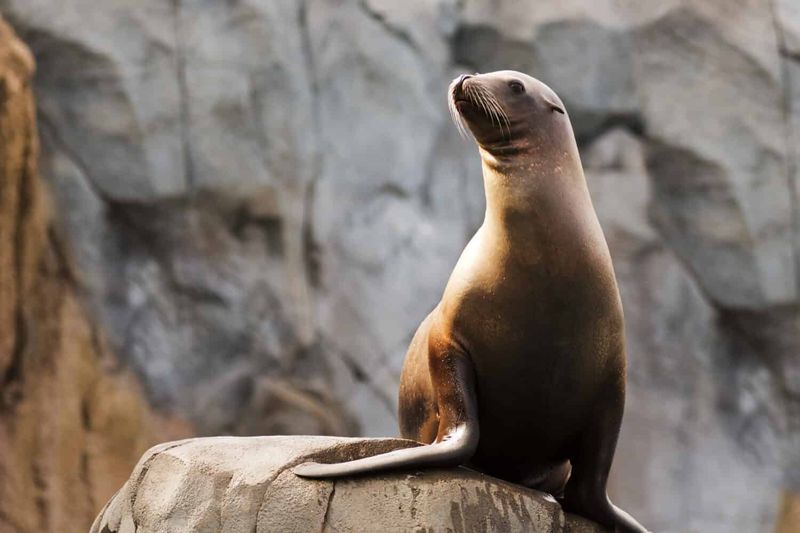
Splashing beyond basic tricks, these marine mammals grasp abstract concepts like sameness and difference – mental feats once thought unique to primates! They can remember and apply learned behaviors years after initial training.
Researchers have taught sea lions to categorize objects by type and even identify rhythmic patterns in music.
11. Resourceful Rats
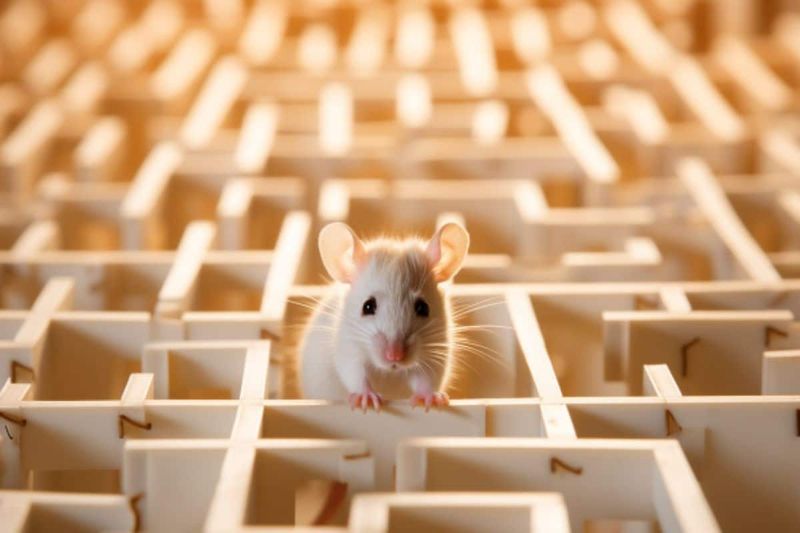
Behind those twitching whiskers lies surprising brainpower. Rats have been seen freeing trapped companions before seeking out food rewards.
Some learn to drive tiny cars and solve intricate mazes with ease, thanks to sharp memory. In urban environments, quick adaptation to poisons and traps highlights just how clever these rodents really are.
12. Clever Chimpanzees
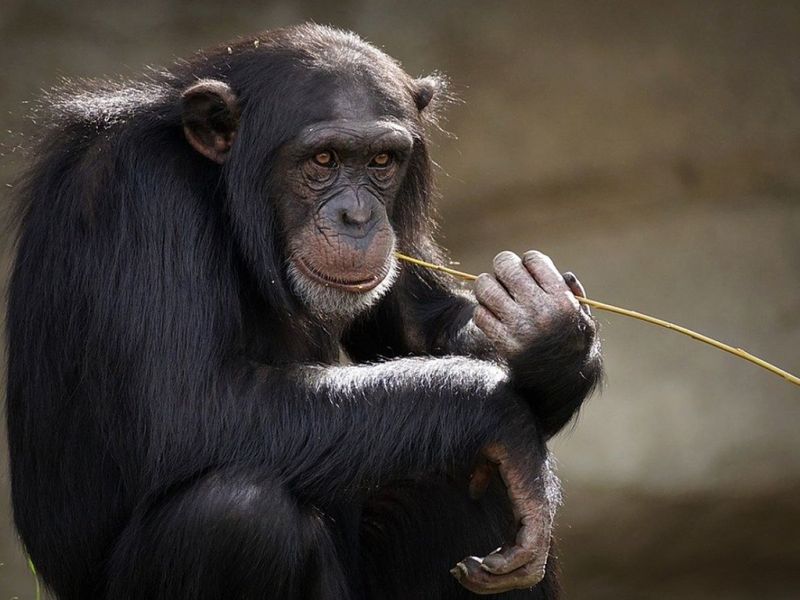
Sharing 98.6% of our DNA, these great apes create customized tools for specific tasks. They’ll strip leaves from sticks to fish for termites or sharpen stones for cracking nuts – cultural knowledge passed through generations.
Chimps engage in complex politics within their troops, forming alliances and resolving conflicts. Some have learned sign language, with one famous chimp named Washoe mastering over 350 signs and even teaching them to her adopted son!
13. Adaptable African Grey Parrots
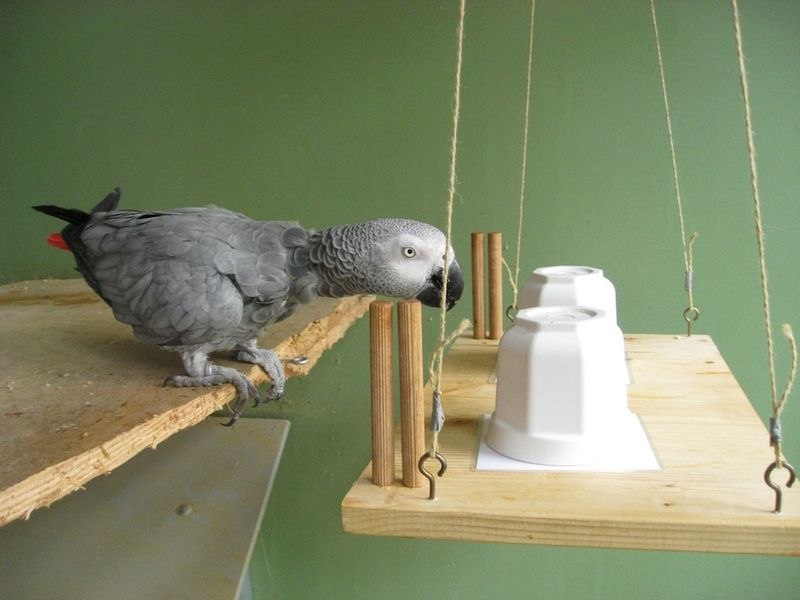
Beyond mimicry, these feathered philosophers understand numerical concepts and can count items up to eight! One famous grey named Alex had a vocabulary exceeding 100 words and could identify colors, shapes, and materials.
Most impressively, these birds grasp the concept of zero – a sophisticated mathematical understanding once thought unique to humans. They can also use logic to solve problems they’ve never encountered before, showing true reasoning rather than memorization.
14. Calculating Cuttlefish
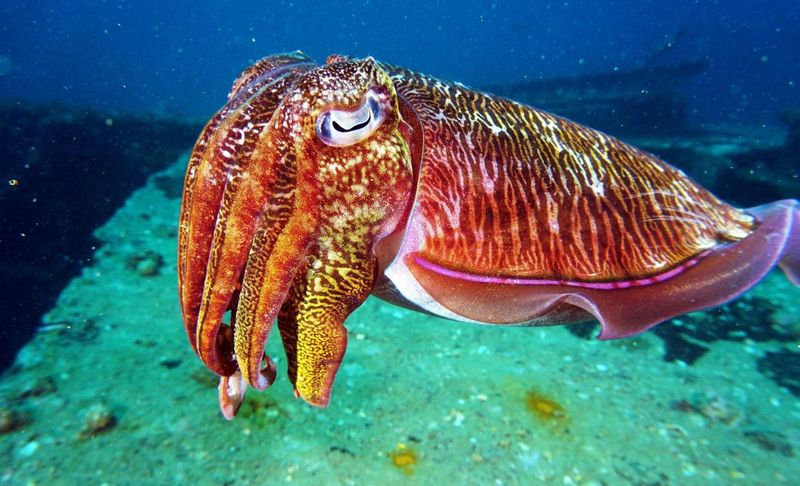
Masters of disguise with brains shaped like donuts! These color-changing cephalopods can count and remember specific locations days after visiting them just once. Their problem-solving rivals that of octopuses despite their smaller size.
Cuttlefish display remarkable self-control in delayed gratification tests, waiting for preferred prey rather than settling for immediate lesser rewards. They’ve been observed using deceptive tactics, changing colors on one side to distract predators while escaping in the opposite direction!

